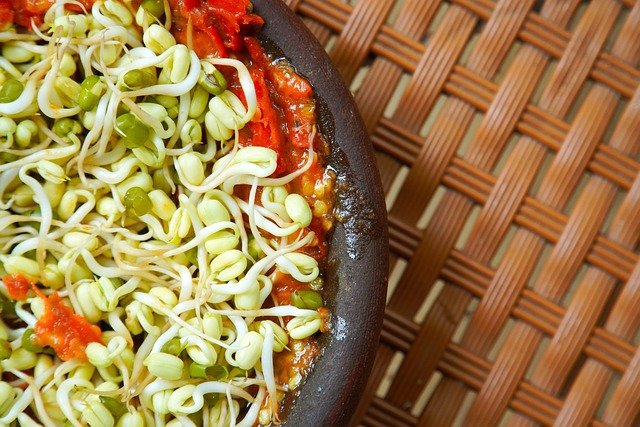Using data to predict dish performance and demand
Restaurants and foodservice operators increasingly rely on data to anticipate which dishes will sell, when demand will rise, and how menus should shift across seasons. This article outlines practical ways to use sales, inventory, and external signals to forecast dish performance and optimize operations.

Data-driven decision making can turn intuition about cuisine and menus into measurable outcomes. By combining point-of-sale records, inventory logs, supplier information, and external trend signals, kitchens can estimate demand for recipes and beverages, reduce waste, and improve food safety and sustainability outcomes. This opening paragraph frames why forecasting matters for procurement, plating consistency, labeling accuracy, and customer satisfaction without assuming any single tool or guarantee of results.
How can cuisine trends inform forecasting?
Data on cuisine and consumer trends helps predict which flavor profiles or dish concepts will resonate. Track item-level sales, customer feedback, and social engagement to identify rising interest in particular cuisines or ingredients. When a cuisine shows sustained growth, kitchens can test limited-time offerings and monitor conversion rates to refine forecasting models. Incorporating trends into menu planning supports more accurate projections for purchasing and staffing while reducing the risk of overcommitting to a concept that may be short-lived.
What data helps predict menus and beverage demand?
Combining historical sales with time-of-day and day-of-week patterns produces stronger menu and beverage forecasts. Beverages often follow distinct patterns from food—coffee spikes in mornings, cocktails in evenings—so separate but related models are useful. Include modifiers such as portion size, upsells, and recipe variations, and use POS data to identify which menu items are frequently paired. These signals support smarter inventory planning and more precise procurement, helping kitchens keep popular items available and reduce perimeter waste.
How do ingredients, seasonality, and sourcing affect demand?
Ingredients and seasonality are core drivers of availability, cost, and consumer interest. Seasonal produce can boost appeal for certain dishes but requires coordination with sourcing and procurement to ensure consistent supply. Track supplier lead times, price variability, and seasonal yield to adjust forecasts and menu rotations. Sustainability considerations—such as choosing local or regenerative sources—may alter procurement timelines but can also influence customer preferences; integrating sourcing data into forecasting helps match menu design to realistic supply expectations.
How does inventory, preservation, and foodsafety tie into forecasting?
Accurate inventory records and preservation practices directly impact how well forecasts translate into available dishes. Use perpetual inventory systems to monitor turnover rates and shelf life, and factor preservation methods (freezing, curing, vacuum sealing) into demand planning for recipes that use long-life components. Foodsafety constraints—like cold chain requirements and allergen labeling—must feed into procurement schedules and batch sizing to avoid spoilage and regulatory issues. Forecasts that consider preservation and foodsafety reduce waste and improve menu reliability.
Can nutrition, pairing, and plating influence performance?
Nutrition information, pairing suggestions, and plating consistency affect customer choices and repeatability of dishes. Dishes labeled with clear nutritional facts can attract health-minded guests; pairing recommendations between beverages and menu items can raise average check size and shift demand patterns. Plating standards support consistent portioning, which in turn stabilizes ingredient usage rates for forecasting. By linking recipe specifications to nutrition, pairing, and plating protocols, kitchens produce demand forecasts that reflect both culinary intent and operational reality.
What role do labeling and procurement play in predictions?
Labeling—covering allergens, origin, and sustainability claims—can influence demand and must be tracked alongside procurement data. Procurement records reveal supplier reliability, batch variability, and cost trends that affect what can realistically appear on menus. Integrating labeling needs with supplier data ensures compliant menu descriptions and supports accurate inventory forecasts. Forecasting models that include procurement lead times, supplier risk factors, and labeling requirements give a clearer picture of which dishes can be scaled up when demand rises.
Drawing these elements together, predictive approaches for dish performance combine internal sales and inventory data with external signals like seasonality and trends. Practical steps include cleaning POS datasets, segmenting menu items by category and pairing behavior, incorporating supplier and preservation constraints, and running periodic tests for new recipes. When forecasting is grounded in operational realities—procurement rhythms, foodsafety, and plating standards—predictions become actionable tools for menu optimization and sustainability efforts.





